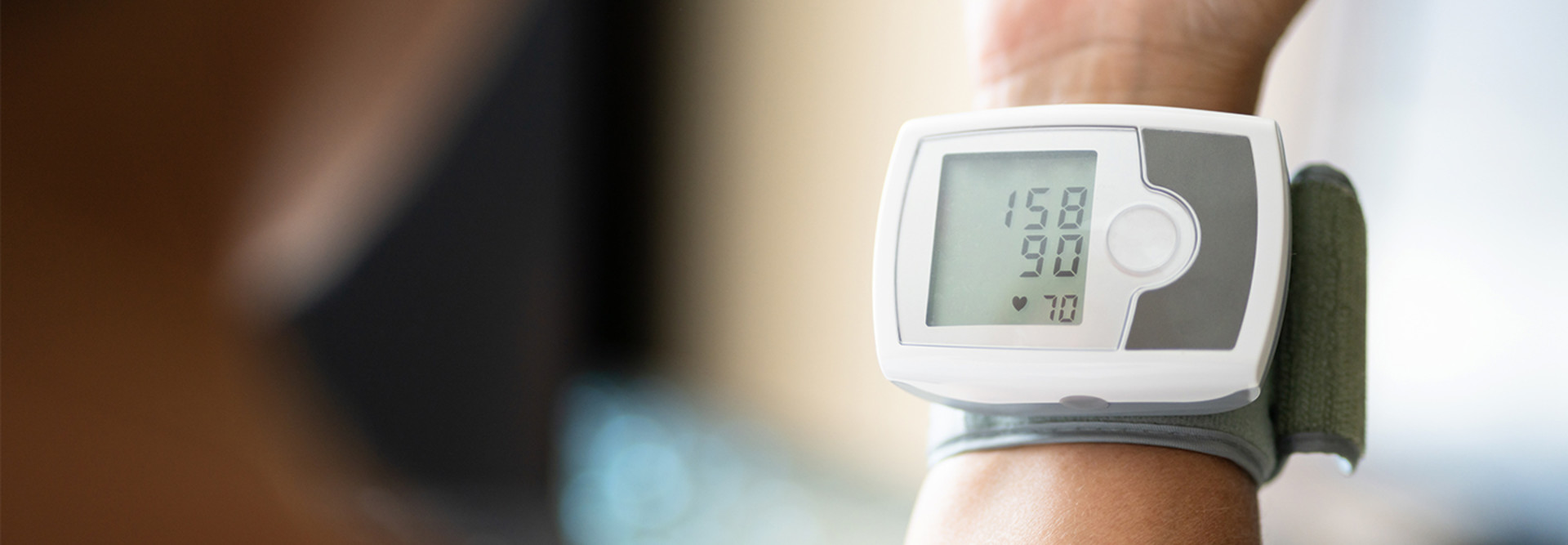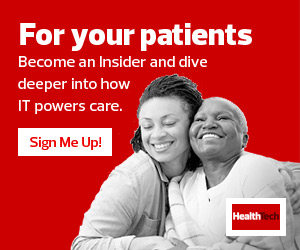mHealth Apps and Medical Devices Create a Comprehensive Approach to Care
Smartphones can help providers deliver part of a health intervention to a patient. Additionally, an app can connect patients with doctors via secure video calls. This engagement can be taken a step further by connecting the app with medical devices that collect biometric data.
In 2015, a team of Johns Hopkins physicians, nurses, pharmacists, engineers and public health experts, along with patients and families, developed the Corrie app, which connects with both a smartwatch to track a patient’s heartbeat and daily activity and a wireless cuff to track blood pressure.
“One of the things we’ve recognized in digital health is that part of the solution, from a technology standpoint, is having a comprehensive approach. Particularly in cardiology, it’s critical to determine what each part of the technology platform brings to the health data to help better manage and care for our patients,” says Dr. Francoise Marvel, assistant professor at the Johns Hopkins Department of Medicine, co-director of the Johns Hopkins Digital Health Lab and CEO of Corrie Health.
DISCOVER: What healthcare systems need to know about custom apps.
The app not only tracks biometric data but also acts as a management tool. Corrie can alert users to schedule a follow-up appointment or take medications, which is especially important for patients who have recently had a heart attack or have been diagnosed with cardiovascular disease and are now on new medications. It also contains patient education materials related to heart-healthy lifestyles and instructions on how to use the devices properly.
“Often, we forget who we’re supposed to see once we leave the hospital. It’s critical to connect patients with follow-up appointments or cardiac rehab, a program that helps patients get back on track while recovering from a cardiovascular event,” says Marvel. “The app’s connect feature creates a 360-degree connection with our patients, from the hospital to the home. If I’m taking care of a patient, they can add me into the app as a contact, so they know how to find me and follow up with me if they need to.”
Johns Hopkins University’s MiCORE study paired the Corrie Health digital platform with an Apple Watch and iHealth Bluetooth-enabled blood pressure monitor to target self-management of cardiac medications, self-tracking of vital signs, education about cardiovascular disease through articles and animated videos, and care coordination that includes cardiac rehabilitation and outpatient follow-up appointments.
Measuring Success with mHealth Apps and Medical Devices
Before creating an mHealth app and connected medical device program, it’s important to identify a particular problem among a healthcare organization’s patient population. According to Dr. Rebecca Cunningham, senior medical director of primary care at Mass General Brigham, assistant professor of medicine at Harvard Medical School and a practicing primary care physician at Brigham and Women’s Hospital, it’s best to choose an area that is a major predictor of morbidity and where there are inequities in health outcomes.
Mass General Brigham has focused much of its work on the use of medical devices in primary care for hypertension management. The goal is to enable patients to monitor their blood pressure at home and then submit the readings online to inform clinical decision-making. The organization aims to do this in a way that’s integrated, secure and equitable.
“When practices closed because of the pandemic, there was a subset of people who were able to buy blood pressure cuffs online or from a pharmacy and send in their readings. However, there was a subset of people who couldn’t do that,” says Cunningham.
This led the organization to focus its hypertension monitoring efforts on practices with patients who are less likely to have their blood pressure controlled. This patient population may have lower health literacy, speak English as a second language, or face racism or poverty.












